Human factor ergonomic analysis of cervical cancer intracavitary therapy transport process based on Jack virtual simulation technology
DOI: 10.23977/jemm.2023.080404 | Downloads: 41 | Views: 1593
Author(s)
Wenfeng Wang 1, Guanglin Shi 1, Xueyin Yao 2, Shaojun Chen 3, Chengjun Feng 3, Shuai Zhao 1, Shiming He 1
Affiliation(s)
1 School of Mechanical and Automotive Engineering, Guangxi University of Science and Technology, Liuzhou, Guangxi, China
2 Intelligent Manufacturing Institute, Sichuan Vocational and Technical College, Suining, Sichuan, China
3 Oncology, Liuzhou Workers' Hospital, Liuzhou, Guangxi, China
Corresponding Author
Guanglin ShiABSTRACT
With the incidence of cervical cancer in women rising year by year, its impact on the physical and mental health of patients as well as their families is becoming more and more significant. At present, hospitals often use intracavitary radiation therapy, and intracavitary therapy transfer bed as a gynecological oncology intracavitary radiation medical auxiliary device plays an extremely important role. Therefore, for the design of intracavitary therapy transfer beds, the validation of man-machine adaptability can well help to optimize its structure. The paper firstly imports the three-dimensional model of intracavitary therapy transfer bed established in UG software into the ergonomics analysis software Jack; secondly, in the analysis environment, it establishes the human body model that conforms to the body dimensions of patients with cervical cancer as well as the human body model of healthcare workers; then, on this basis, it establishes the simulation model for the patient's posture of using the intracavitary therapy transfer bed as well as for different movements of the healthcare workers in the course of the treatment; finally, it analyzes the stresses of the patient's lower limbs, as well as the waist, back, and upper limbs of the healthcare workers through the simulation and analyzes the comfort of the patients and the healthcare personnel with respect to the different movements of the treatment task. The analysis of the simulation results can verify the rationality of the design of the intracavitary therapy transfer bed and the use of comfort, and at the same time, combined with the results of the analysis of the healthcare worker's working posture, to provide an analysis method for the structural optimization of the intracavitary therapy transfer bed.
KEYWORDS
Cervical cancer; Medical transfer bed; Human-machine adaptabilityCITE THIS PAPER
Wenfeng Wang, Guanglin Shi, Xueyin Yao, Shaojun Chen, Chengjun Feng, Shuai Zhao, Shiming He, Human factor ergonomic analysis of cervical cancer intracavitary therapy transport process based on Jack virtual simulation technology. Journal of Engineering Mechanics and Machinery (2023) Vol. 8: 15-24. DOI: http://dx.doi.org/10.23977/jemm.2023.080404.
REFERENCES
[1] Liu Sai, Zhang Yan, You Li, et al. New progress in the treatment of cervical cancer [J]. China Medical Guide, 2013, 11(32): 47-48.
[2] Xingtao Long, Mingfang Guo, Zhou Qi. Radiation therapy for locally advanced cervical cancer [J]. Chinese Journal of Practical Gynecology and Obstetrics, 2018, 34(11):1193-1199.
[3] GB/T10000-1988, Chinese adult body size [S]. Beijing: China Standard Press, 1988.
[4] Gumasing M J J, Villapando A C, Pernia K C. An Ergonomic Design of Wheelchair Bed Transfer for Post Stroke Patients. Proceedings of the 2019 International Conference on Management Science and Industrial Engineering [C]. Manila: Mapua University, 2019.
[5] Mengniu Li, Yajun Li. Performance simulation analysis of lower limb flexion and extension rehabilitation system for the elderly based on JACK [J]. Industrial Engineering Design, 2020, 2(3):73-79.
[6] Tingwu Qin. Fundamentals of clinical biomechanics [M]. Beijing: Military Medical Science Press, 2015.
[7] Jianwei Niu, Zhang Le. Jack Human Factors Engineering Fundamentals and Application Examples [M]. Beijing: Electronic Industry Press, 2012:112-230.
[8] Xiaoming Du, Jindong Ren, Chunlei Sang, et al. Simulation of the interaction between driver and seat [ J ].Chinese journal of mechanical engineering, 2013, 6 ( 26) :1234-1241.
[9] Qingsong Yin, Qianfang Liao, Qianxiang Zhou, et al. Lower limb joint stress and comfort analysis of driving posture based on JACK [J]. Aerospace Medicine and Medical Engineering, 2016, 29(06):440-445.
[10] Qinghua Kong. Human Factors Engineering Basics and Cases [M]. Beijing: Chemical Industry Press, 2007: 1-11.
[11] Su Sheng, Hanyu Wang. Key points of ergonomics simulation analysis based on JACK software [J]. Industrial Design, 2017, 000(011):115-116.
[12] Fanghua Zhao, Huidong Sun, Guan Yuming. Ergonomic design of intermediate elderly care bed based on JACK virtual simulation analysis [J]. Packaging Engineering, 2020, 41(24):30-39.
| Downloads: | 11120 |
|---|---|
| Visits: | 422741 |
Sponsors, Associates, and Links
-
Cybernetics and Mechatronics
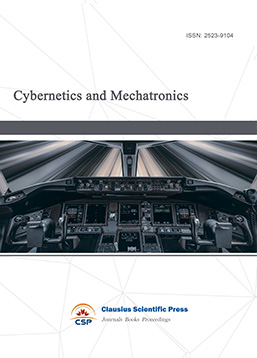
-
Digital Manufacturing and Process Management

-
Ultra-Precision Machining Process

-
Journal of Robotics and Biomimetics
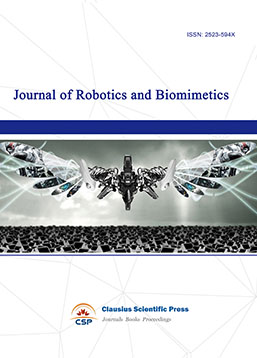
-
Prognostics, Diagnostics and Health Management

-
Micro-Electro-Mechanical Systems

-
Journal of Precision Instrument and Machinery
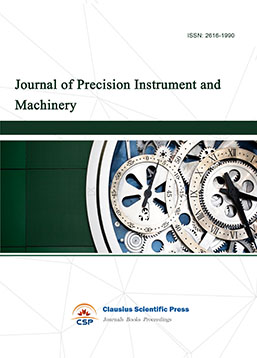
-
Engineering and Solid Mechanics
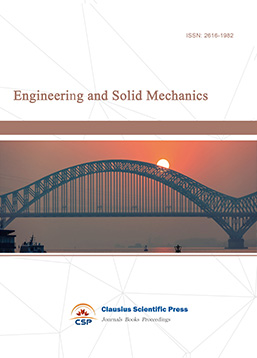
-
Fracture and Damage Mechanics
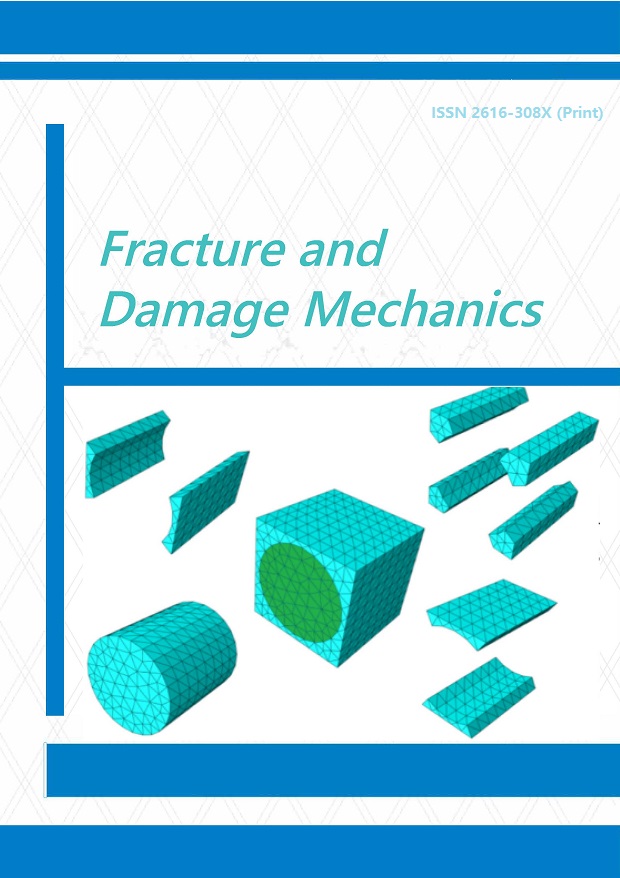
-
Frontiers in Tribology

-
Fluid and Power Machinery
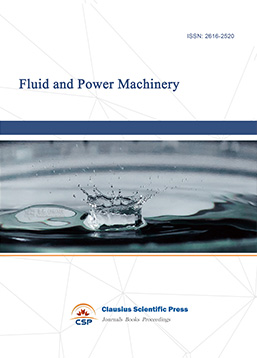
-
Chemical Process Equipment

-
Journal of Assembly and Manufacturing

-
Mechanical Vibration and Noise
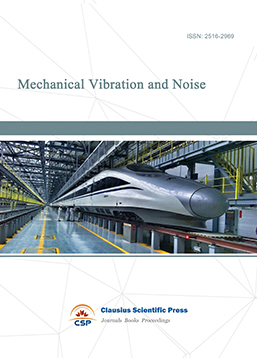

 Download as PDF
Download as PDF